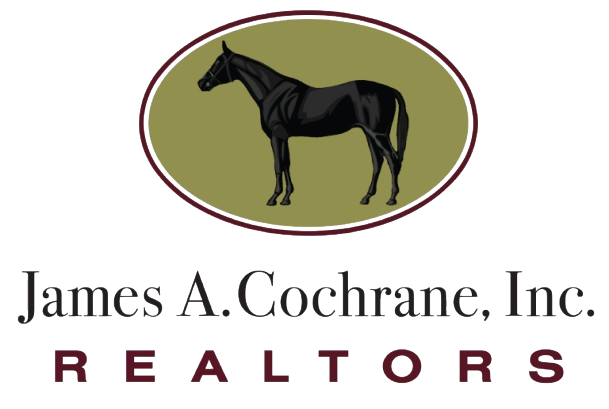A down payment is something you’re likely going to need to buy a home unless you’re using a Veterans Affairs (VA) loan. Saving up for a down payment is one of the more significant barriers that prevents people from achieving homeownership.
A down payment is an initial payment you make when you buy a house. Down payments are usually calculated as a percentage of the purchase price. The amount can be as little as 3%, but conventional mortgages are generally around 20%.
The specifics of a down payment requirement depend on the type of mortgage you’re applying for, the kind of property you’re buying, and your financial situation.
If you can make a larger down payment, you might be able to get a lower interest rate or buy a more expensive house. Large down payments can also mean you’re responsible for smaller monthly mortgage payments.
Lenders require down payments because it helps reduce their risk exposure. You’re investing in the home. If you were to stop making your mortgage payments, you’d be walking away from a lot of money. Down payments also reduce how much a lender has to give you to make the purchase.
Not everyone has a large chunk of cash sitting aside to use to buy a house. However, there are down payment assistance programs available.
The Basics of Down Payment Assistance Programs
Down payment assistance programs usually come from state housing finance agencies. Sometimes these programs are also managed and offered by cities and counties and nonprofit organizations.
Types of assistance might include:
- Grants, which are a gift of money that doesn’t need to be repaid.
- Forgivable, zero-interest loans, which don’t have to be repaid as long as the borrower still owns the home and lives in it after whatever the period is—usually somewhere around five years.
- Deferred payment, zero-interest loans, often require no payments until the home is sold, the mortgage reaches the end of its term or the mortgage is refinanced.
- Low-interest loans are available and have to be repaid over a certain period of time. These help homeowners spread their down payment and closing costs over a more extended period, rather than having to come up with the money all at once.
Who Can Access Down Payment Assistance?
Most programs offering down payment assistance are geared toward first-time buyers, but not all.
Even if you’ve already owned a home and a program says it’s for first-time buyers, often the program will define a first-time buyer as someone who hasn’t owned a home in the past three years.
There are also programs for specific demographics, like teachers or first responders.
Most down payment assistance programs will require that you complete specific steps, which vary depending on the program itself. For example, you might have to meet income limits or take a homebuyer education course. You could be required to buy in a particular location or stay below a certain maximum purchase price. Sometimes you’ll have to contribute your own money to your down payment too.
How Can You Find a Program?
If you’re interested in learning more about down payment assistance programs, you can contact the housing finance authority in your state or your local city or county government. The U.S. Department of Housing and Urban Development (HUD) also has state-specific information.
The Consumer Financial Protection Bureau has a tool that will link you to housing counselors where you live.
If you are going to apply for a mortgage and use down payment assistance, you’ll have to find a list of approved mortgage lenders to work with that particular program. Often, the local agencies and programs assisting can connect you with experienced loan officers.
